Explore Suwon - South Korea Travel, Asia
Suwon, the capital of Gyeonggi Province in South Korea, is a vibrant city located just 30 kilometers (19 miles) south of Seoul. This is the largest city in the province, serving as a key political, economic, and cultural hub. One of Suwon’s most iconic landmarks is Hwaseong Fortress, a UNESCO World Heritage Site that showcases stunning late 18th-century Korean architecture and military ingenuity. Beyond its historical appeal, Suwon is famous for its galbi (marinated beef ribs), particularly wanggalbi, which draws food lovers from across the country. The city also hosts numerous cultural festivals and events throughout the year, offering visitors an immersive experience in Korean traditions, arts, and crafts. Surrounded by picturesque landscapes and well-maintained parks, Suwon is ideal for nature enthusiasts who enjoy outdoor activities like hiking. With modern amenities, including an efficient public transit system and a thriving sports scene,
Population Approximately 1.2 million (as of 2024).
Economy: Suwon is home to the headquarters of Samsung Electronics, South Korea's largest and most profitable company. Suwon's economy is characterized by its strong focus on technology, support for small businesses, and commitment to education and sustainability. These factors not only drive economic growth but also create a vibrant environment for visitors, making it an engaging place to explore. Travelers can appreciate the blend of modern industry and historical significance that defines Suwon's unique character.
Cultural Significance: Hwaseong Fortress, Suwon World Cup Stadium, Korean Folk Village, Mr. Toilet House, Suwon Hwaseong Museum, Manseok Park, Suwon First Church
South Korea
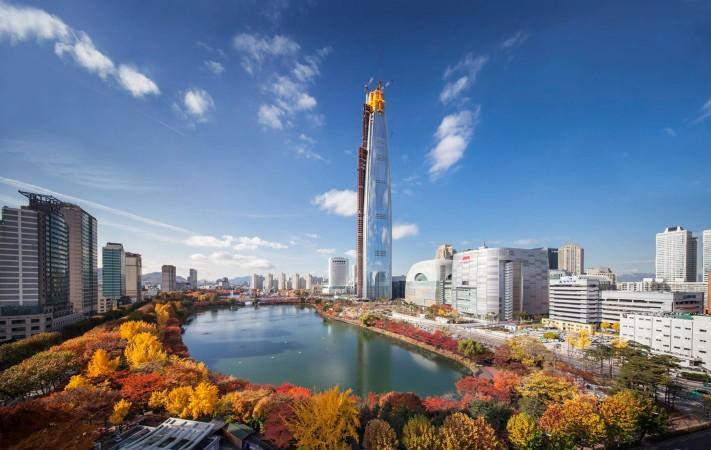
Overview of Suwon
History & Cultural Influence
Over the centuries, Suwon evolved under the influence of different Korean dynasties, including Goguryeo, A defining moment in Suwon’s history came in 1796 with the construction of Hwaseong Fortress, commissioned by King Jeongjo of the Joseon Dynasty. This UNESCO World Heritage Site stands as both a military marvel and a symbol of the king's filial devotion to his father, embodying the city’s deep-rooted Confucian values, particularly filial piety.
During the Japanese colonial period (1910–1945), Suwon played a role in Korea’s fight for independence, with several local activists contributing to the national resistance. This history of resilience continues to shape Suwon's cultural identity. Today, Suwon successfully merges its historical heritage with modernity. The city celebrates its past through events like the Suwon Hwaseong Cultural Festival, while institutions like the Samsung Innovation Museum highlight its role in Korea’s technological advancements.
Interaction with The Locals
When visiting Suwon, you can expect friendly and welcoming interactions with locals. The city with most residents being ethnic Koreans, though there is a small but growing foreign community. While Korean is the dominant language, younger generations may speak some English, though learning a few basic Korean phrases will go a long way in building rapport. Locals in Suwon are generally polite and respectful, and they appreciate visitors who show interest in the city’s rich cultural heritage, particularly its historical sites like Hwaseong Fortress. Visitors will likely find Suwon’s residents to be curious, helpful, and proud to share their city's blend of tradition and modernity.
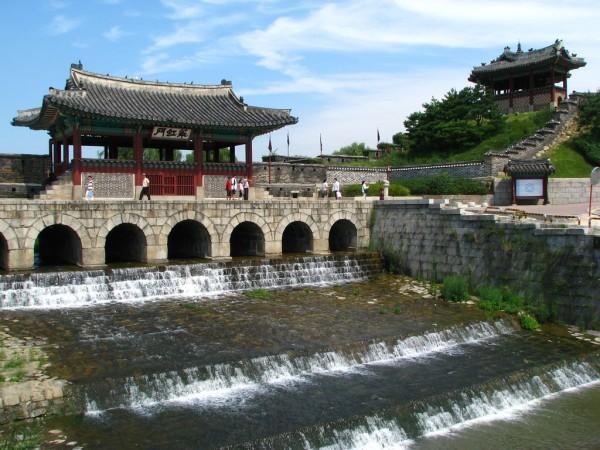
Hwahongmun Gate Suwon - © Brunch Story Korea
Top Attractions in Suwon
Hwaseong Fortress
A true symbol of Suwon, Hwaseong Fortress is a UNESCO World Heritage Site and one of the city's most cherished landmarks. Built in the late 18th century under King Jeongjo’s reign, this fortress is a masterpiece of military architecture, featuring robust walls, grand gates, and towering watchtowers. Visitors can immerse themselves in history by exploring not just the walls, but also Hwaseong Haenggung Palace, a temporary royal residence within the fortress, and Paldalmun Gate, one of its key entrances. The fortress provides a fascinating look at Korea’s past, offering panoramic views of the city and scenic paths for leisurely walks.
Gwanggyo Lake Park
For those seeking a peaceful escape, Gwanggyo Lake Park is a beautiful recreational haven in Suwon. Centered around a tranquil lake, this park offers scenic walking trails and lush greenery, perfect for a relaxing day outdoors. Whether you're picnicking by the water, jogging along the paths, or simply soaking in the natural beauty, Gwanggyo Lake Park is an idyllic spot for visitors of all ages. It's a wonderful place to unwind, especially as the sun sets over the lake, casting stunning reflections on the water.
Hwahongmun Gate (Buksumun)
One of the most striking features of Hwaseong Fortress, Hwahongmun Gate, also known as Buksumun, is an architectural gem. This gate, which spans the Suwoncheon Stream with its seven arches, was built not only for defense but also to regulate the water flow into the fortress. By day, the gate impresses with its intricate design and strategic purpose, while at night, it becomes a photographer’s dream as it’s illuminated, creating a magical reflection on the water. A walk around the gate in the evening offers a serene and beautiful experience, perfect for anyone looking to explore Suwon’s heritage in a calm, picturesque setting.
Banghwasuryujeong Pavilion (Dongbukgangnu)
Perched within Hwaseong Fortress, the Banghwasuryujeong Pavilion, also known as Dongbukgangnu, is a must-see for anyone visiting Suwon. The pavilion’s poetic name, which means “Pavilion of Water and Flowers in Full Bloom,” perfectly reflects its serene atmosphere. This historic structure offers sweeping views of the city and surrounding landscapes, and it’s particularly enchanting in the early morning when mist rises from the water below. Its beauty has made it a popular filming location for historical dramas, adding a touch of magic to its already captivating charm. If you're looking for a peaceful spot to reflect and take in the scenery, this pavilion won’t disappoint.
Korean Folk Village
Step back in time at the Korean Folk Village, a stunning recreation of life during the Joseon dynasty. Spanning 245 acres, this immersive cultural park is filled with thatched-roof houses, traditional workshops, and lively cultural performances. Visitors can witness artisans at work, see reenactments of historical rituals, and even try their hand at traditional crafts. The village beautifully captures Korea’s rich heritage and is an excellent destination for families, history buffs, and anyone eager to experience Korea’s past firsthand. With lush landscapes and authentic architecture, it’s easy to forget you're in the 21st century!
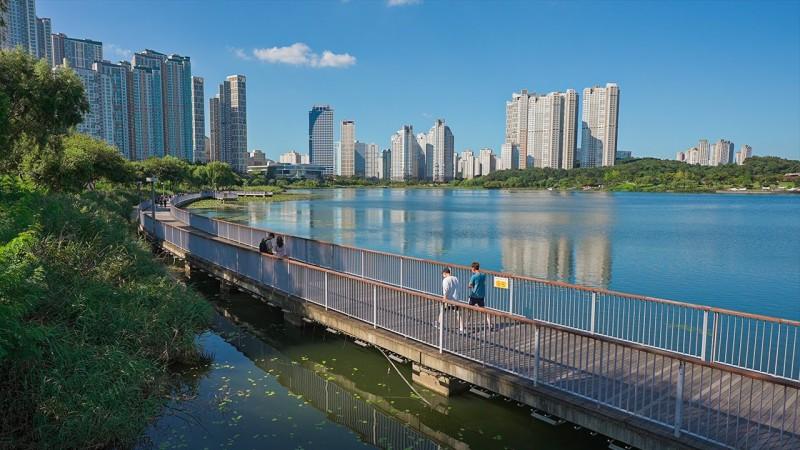
Gwanggyo Lake Park - © American STEM Edu
Must-Try Dishes in Suwon
- Suwon Galbi: This mouth-watering dish features marinated beef short ribs grilled to perfection, making it a beloved staple of Korean barbecue. What makes Suwon’s galbi stand out is its rich marinade, a savory blend of soy sauce, sugar, garlic, and onions, giving the meat an irresistible sweet and salty flavor.
- Korean Fried Chicken: For fried chicken fans, Suwon’s Fried Chicken Street is a paradise. This local gem is known for serving up some of the crispiest, most flavorful fried chicken in South Korea. Cooked whole in large cauldrons, the chicken develops a perfectly crispy exterior while staying juicy inside. Suwon’s fried chicken is often paired with a variety of mouth-watering sauces like garlic, soy sauce, or a sweet and spicy glaze.
- Bossam: Bossam has long been one among many great dishes that capture the heart of Korean cuisine. Thinly sliced boiled pork belly is the star, typically served with an array of delicious sides like fermented shrimp, kimchi, garlic and wrapped in lettuce leaves. Suwon takes bossam up a notch with its special Gul Bossam, which includes fresh oysters for a briny twist that complements the richness of the pork.
- Octopus Abalone Short Rib Soup: Octopus Abalone Short Rib Soup is a local favorite in Suwon, especially during the colder months. This rich and flavorful broth is packed with tender short ribs, fresh octopus, and abalone, creating a dish that’s both satisfying and nutritious. Known for its health benefits, this soup is believed to boost energy and strengthen the immune system, making it popular among locals.
- Tteokgalbi: A twist on traditional galbi, tteokgalbi features minced beef or pork rib meat, shaped into patties and grilled to perfection. The juicy patties are seasoned with a blend of spices that gives them a slightly smoky, savory flavor. In Suwon, this dish is often served with lettuce wraps and a spicy dipping sauce, making it a fun and flavorful meal to enjoy with friends or family.
- Bibimbap: Bibimbap consist of a base of warm rice, topped with a colorful array of vegetables, marinated meat, a fried egg, and a generous dollop of gochujang (red chili paste). The beauty of bibimbap lies in its simplicity and the harmony of flavors—when mixed together, it becomes a satisfying and well-balanced meal.
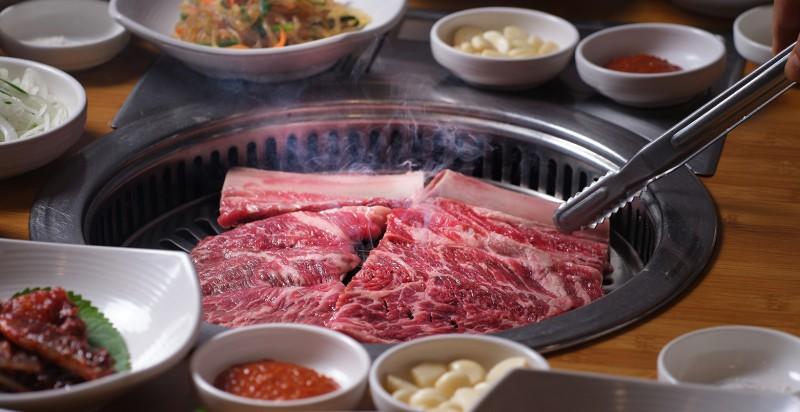
Suwon Galbi - © Korea.net
Weather in Suwon: Best Time to Visit
Suwon, South Korea, experiences a mild continental climate with warm, humid summers and cold, dry winters. Here are the key details about Suwon's weather and climate to help travelers plan their visit:
Temperatures
- Summers (June-August) are warm, with average high temperatures ranging from 25°C to 29°C (77°F to 84°F) and lows of 18°C to 22°C (64°F to 72°F).
- Winters (December-February) are cold, with average highs of 2°C to 5°C (36°F to 41°F) and lows of -5°C to -8°C (23°F to 18°F).
- Spring and fall are mild, with temperatures ranging from 5°C to 20°C (41°F to 68°F).
Best Time to Visit
- The best times to visit Suwon for warm-weather activities are from May to October, with July and August being the warmest and wettest months.
- Spring (April-May) and fall (September-October) offer mild temperatures and fewer crowds, making them ideal for sightseeing and outdoor activities.

Suwon Wall - © Wikimedia
Festivals & Local Celebrations
Suwon hosts a variety of events and festivals throughout the year, showcasing its rich cultural heritage and vibrant community. Here are some notable events and festivals that travelers can look forward to during their visit:
Suwon Hwaseong Cultural Festival
- When: Annually in September
- This festival celebrates the history and culture of Suwon, particularly focusing on the Hwaseong Fortress. It features traditional performances, reenactments, and various cultural activities, including crafts and food stalls. Visitors can enjoy events such as the King Jeongjo's Royal Tomb event and nighttime light displays around the fortress.
Suwon Jazz Festival
- When: Typically held in the summer (exact dates may vary)
- This music festival attracts jazz enthusiasts from all over, featuring performances by local and international jazz artists. The festival creates a lively atmosphere with various stages set up around the city, allowing attendees to enjoy diverse musical styles in a vibrant setting.
Suwon Theater Festival
- When: Dates may vary, often in the fall
- Showcases theatrical performances from both local and international groups. It includes a range of genres, from traditional Korean plays to contemporary performances, providing a platform for artistic expression and cultural exchange.
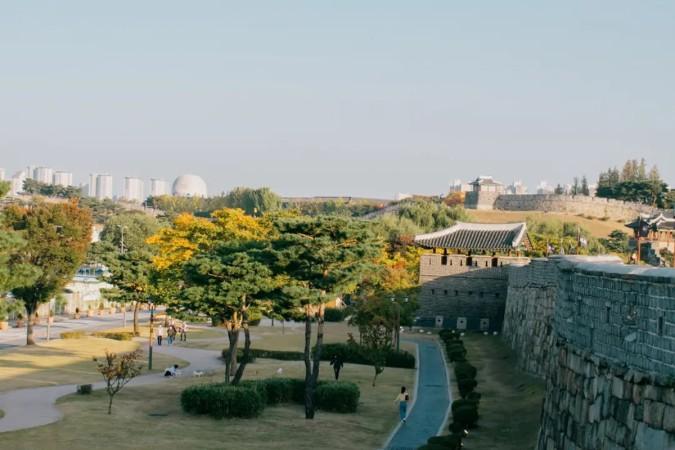
Hwaseong Haenggung - © Genk
Shopping in Suwon
Suwon's Traditional Markets
- Paldalmun Market: Located near Hwaseong Fortress, this market is known for its traditional Korean clothing, fabrics, and accessories. It features over 300 stores, with 40 specializing in hanbok (traditional Korean dress) and another 40 selling fabrics.
- Jidong Market: One of the largest traditional markets in Suwon, Jidong Market offers a wide variety of goods, including local produce, street food, and household items.
Shopping Malls and Districts
- Starfield Suwon: This modern shopping complex features luxury boutiques, cafes, restaurants, and entertainment options like a cinema and concert hall.
- AK PLAZA Suwon: A popular department store known for its wide selection of fashion, beauty, and home goods.
- Galleria Department Store Gwanggyo: Located in the Gwanggyo area, this upscale department store offers high-end shopping and dining experiences.
- Suwon Station Rodeo Street: A lively shopping district near Suwon Station, known for its trendy fashion stores and street food vendors.
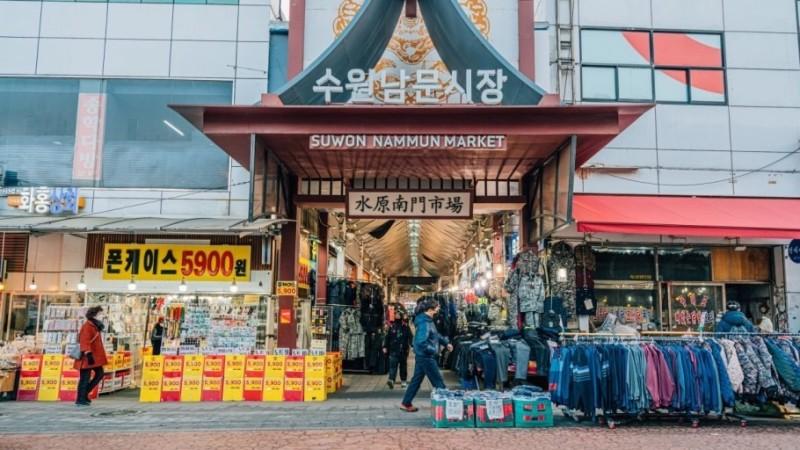
Suwon Nammun Market - © Plus Planner
Essential Travel Information
Getting Around Suwon
Public Transit
Suwon has a comprehensive public transportation system that includes:
- Subway: The city is served by Seoul Subway Line 1, with four stations in Suwon: Sungkyunkwan Univ., Hwaseo, Suwon, and Seryu. The subway is efficient and connects to other lines for broader access.
- Buses: An extensive bus network covers the city, including green buses for local routes and blue/red buses for longer distances to Seoul and neighboring cities. Buses are reliable and inexpensive.
Taxis
Taxis are widely available in Suwon, with two main types:
- Standard Taxis: Usually gray or white, these are the most common and affordable option.
- Deluxe (Black) Taxis: These are more spacious and comfortable but come at a higher fare. Prices may increase after midnight.
ATM and Banking Services
- ATMs: Suwon offers a wide network of ATMs, making it easy for both locals and visitors to access cash. Many major banks have ATMs around the city, providing services in English, which is especially convenient for international travelers. For example, the Kookmin Bank ATM at 686-6 Seryu-dong, Gwonseon-gu, Suwon-si, is a popular option that supports international cards and offers user-friendly services.
- Banking Facilities: Whether you're looking to exchange currency, open an account, or get financial advice, Suwon has several prominent local and international banks to assist. Some of the key banks include: Kookmin Bank, Shinhan Bank, Woori Bank, KEB Hana Bank. These banks have branches across the city, ensuring that you’re never far from professional banking services.
Where to Stay in Suwon
- Luxury Hotels: For those seeking comfort and convenience, Suwon offers several high-quality hotels with modern amenities, perfect for travelers looking to stay close to major attractions. These highly-rated hotels catering to both business and leisure travelers, featuring comfortable rooms and excellent dining options.
- Mid-range stays: If you're traveling on a budget, Suwon’s guesthouses and hostels provide affordable accommodation while giving you the chance to meet fellow travelers. These cozy options offer a more personal and friendly experience.
- Serviced Apartments: Ideal for longer stays, serviced apartments come equipped with kitchen facilities and offer more space, making them perfect for families or extended business trips.
- Homestays: For those seeking a unique stay, homestays in Suwon offer a range of choices, from modern apartments to traditional homes in local neighborhoods, allowing you to experience the city like a local.
Articles for you
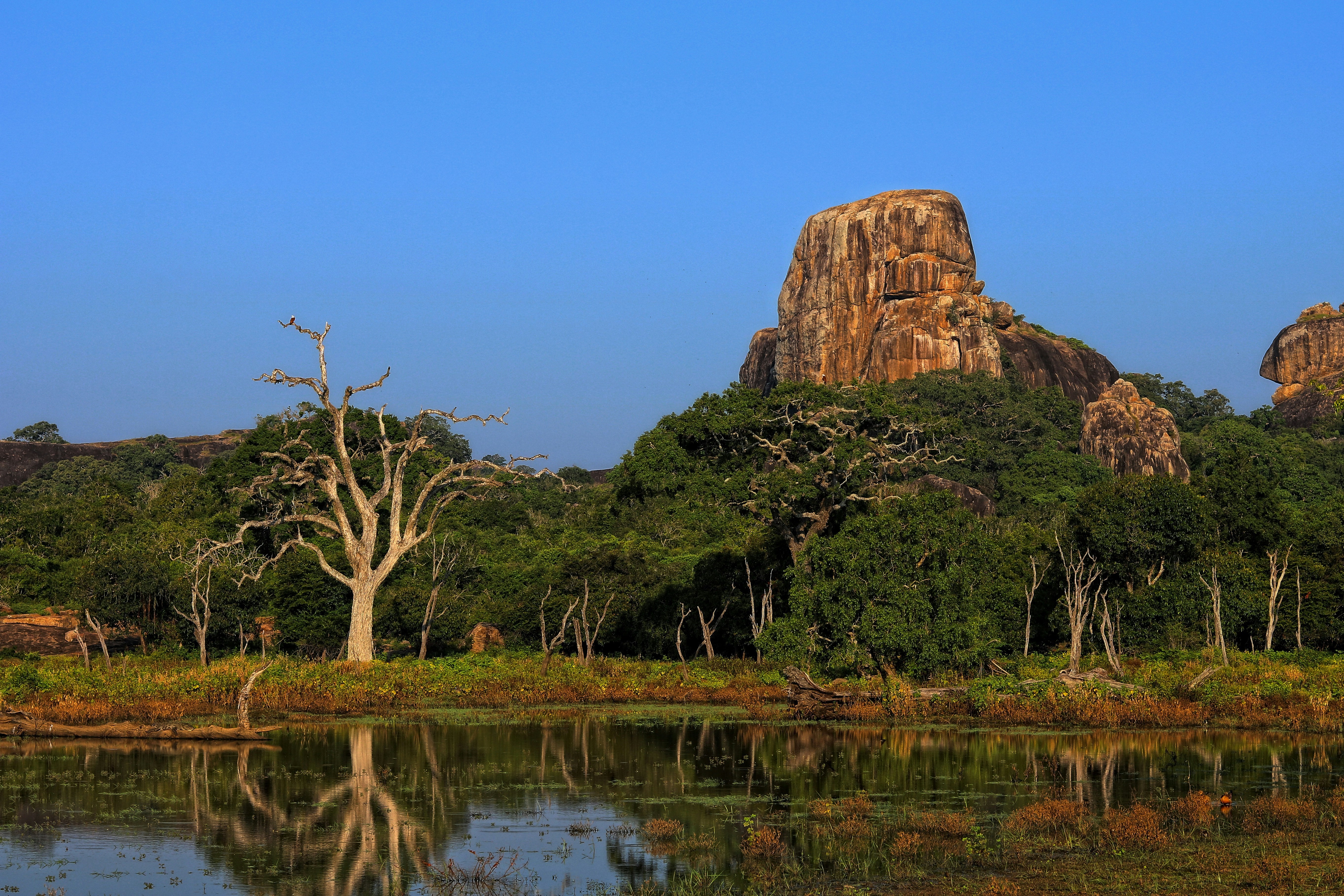
Explore Yala National Park - Sri Lanka Travel, Asia
Tucked away in Sri Lanka’s southeastern corner, Yala National Park is where wild nature meets deep tradition. Known worldwide for its leopard population, the park is also home to elephants, sloth bears, crocodiles, and hundreds of bird species. Beyond wildlife, Yala opens doors to a cultural landscape dotted with ancient temples, Buddhist ruins, and coastal villages. For travelers seeking more than just a safari, Yala offers a chance to explore eco-tourism, local communities, and sacred heritage sites.
Population: The Yala National Park area doesn’t have a human population.
Economy: The economy around Yala National Park thrives on a blend of eco-tourism, agriculture, and local services. Safari tours, eco-lodges, and cultural experiences drive steady income for nearby towns like Tissamaharama and Kataragama, supporting thousands of families.
Landmarks: Famous for Block I of Yala and wildlife encounters, including elephants, sloth bears, crocodiles, and exotic bird species.
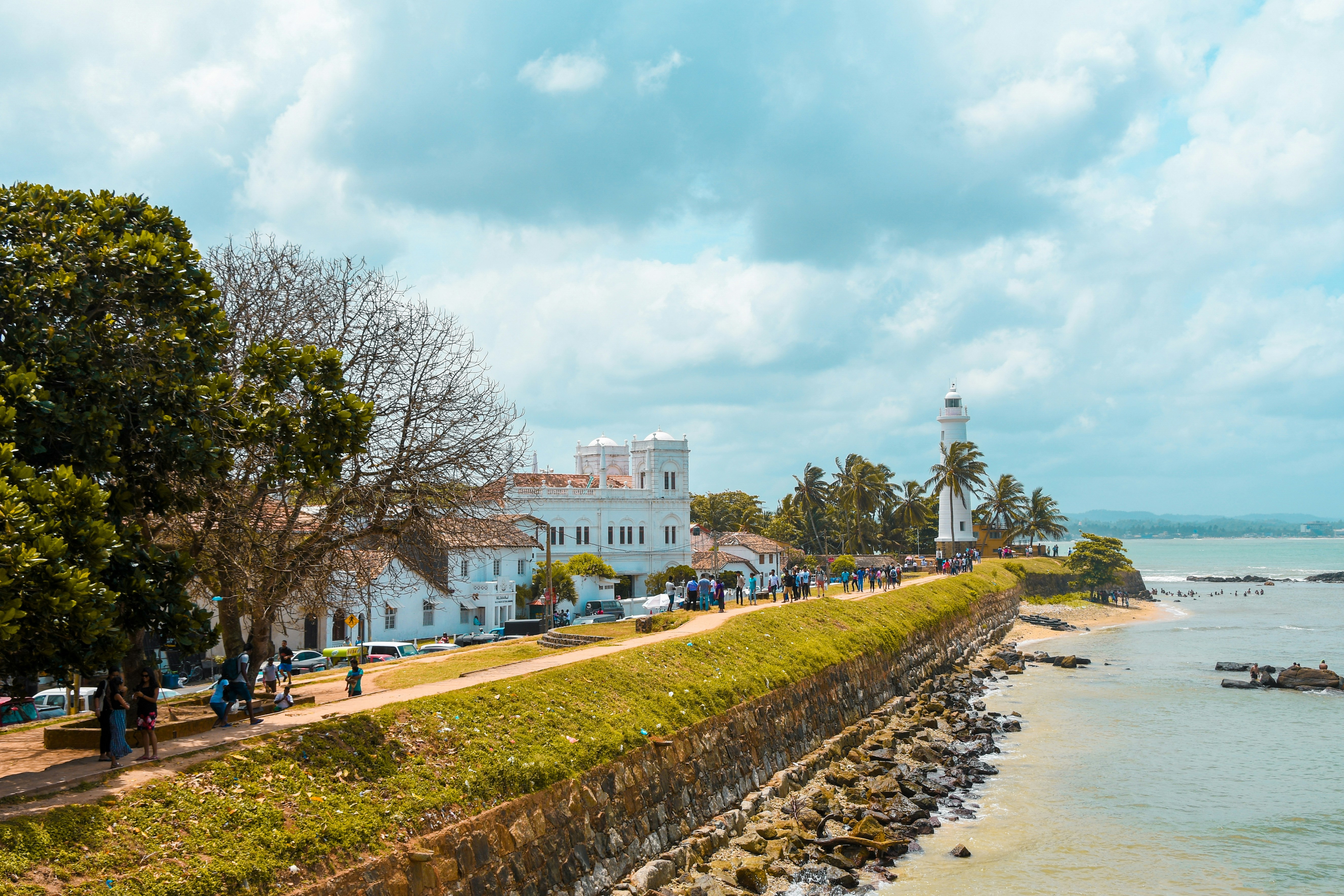
Explore Galle - Sri Lanka Travel, Asia
Nestled on Sri Lanka’s southern coastline, Galle is a vibrant city where history meets the sea. Its cobbled streets, colonial architecture, and serene beaches make it a must-visit destination for travelers seeking a blend of culture, adventure, and relaxation. A UNESCO World Heritage site, Galle captivates visitors with its Dutch Fort, bustling markets, and friendly locals. Whether you’re exploring the ramparts at sunset or savoring fresh seafood by the shore, Galle promises an unforgettable journey into Sri Lanka’s heritage.
Population: Approximately 113,000 in 2023.
Economy: Galle’s economy thrives on tourism, trade, and fisheries. The city’s historic fort, colonial architecture, and coastal charm draw thousands of international visitors each year, making tourism its main economic driver. Fishing remains vital for local livelihoods, supplying fresh seafood across the region.
Landmarks: Famous for the Galle Fort, Dutch Reformed Church & Maritime Museum, and Unawatuna Beach.
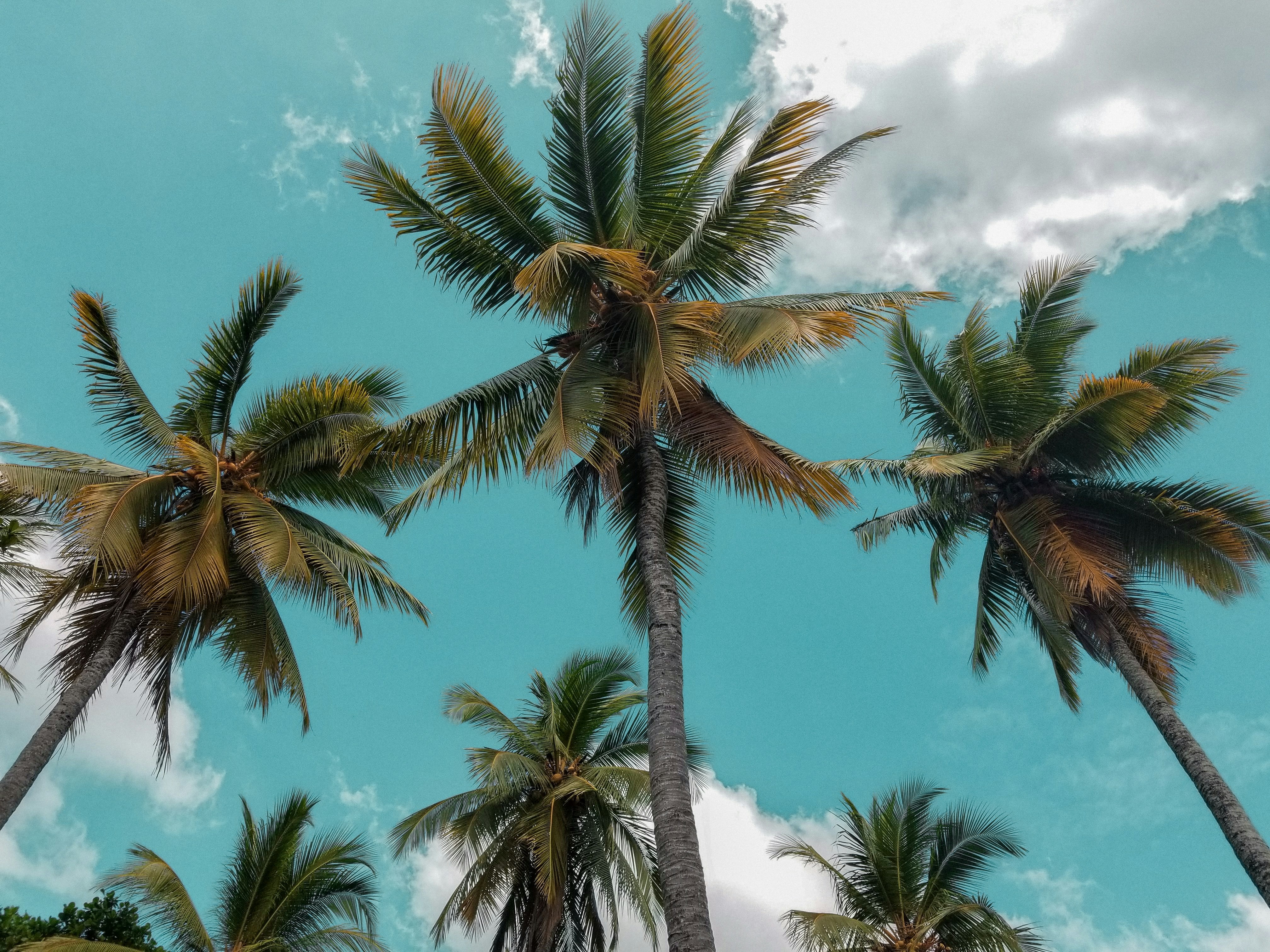
Explore Bentota - Sri Lanka Travel, Asia
Nestled along Sri Lanka’s southwestern coast, Bentota is a tropical paradise that blends golden beaches, vibrant culture, and thrilling adventures. Famous for its calm waters, luxury resorts, and scenic river estuary, Bentota has become a top destination for travelers seeking both relaxation and authentic experiences. From serene beach walks at sunrise to adrenaline-pumping water sports, this coastal town offers a perfect balance of leisure and exploration. With its proximity to Colombo and Galle, Bentota is easy to reach, making it an ideal stop for both short escapes and extended holidays.
Population: Approximately 37,000 in 2023.
Economy: Bentota’s economy thrives mainly on tourism, which drives local businesses such as hotels, restaurants, and wellness retreats. The town also benefits from fishing, coconut cultivation, and handicrafts like wood carving and batik textiles. Many residents rely on the growing demand for water sports and Ayurvedic treatments, making tourism the backbone of both income and employment in the area.
Landmarks: Famous for Bentota Beach, Bentota River Safari, and Kande Vihara Temple.
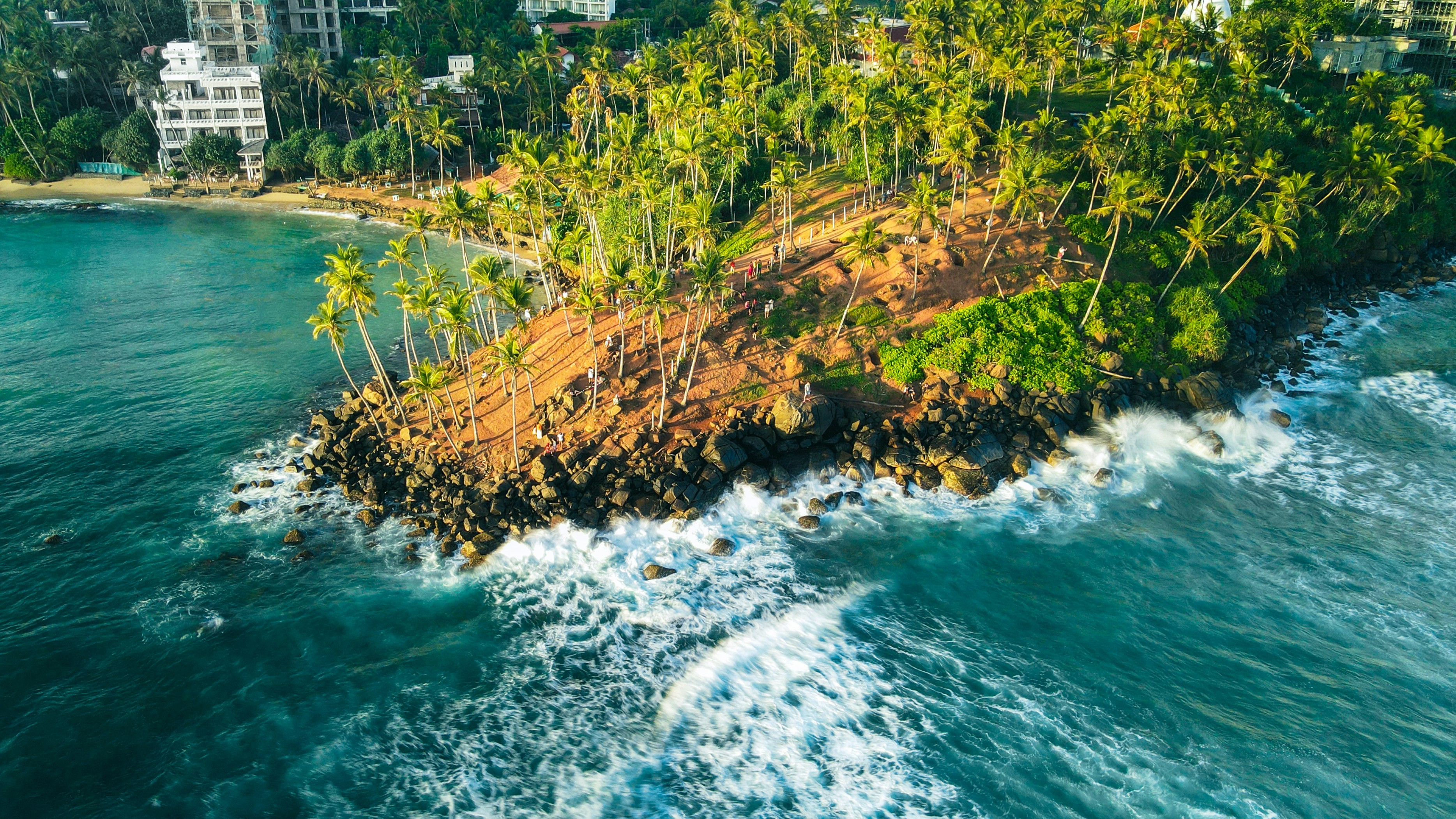
Explore Mirissa - Sri Lanka Travel, Asia
Mirissa is a charming coastal town on Sri Lanka’s southern shoreline. Known for its golden beaches, turquoise waters, and vibrant marine life, it has become a must-visit stop for travelers exploring the island. Many come for whale watching, surfing, and sunset views at Coconut Tree Hill, but Mirissa offers much more than postcard beauty. The fishing boats you see anchored by the bay carry generations of stories. Local traditions, delicious cuisine, and a laid-back rhythm of life shape every visitor’s experience.
Population: Approximately 4,700 in 2023.
Economy: Mirissa’s economy is largely shaped by its coastal location. Fishing has long been the backbone of local livelihoods, with generations relying on the Indian Ocean for income. In recent decades, tourism has become the main driver of growth, thanks to whale watching, surfing, and beachside hospitality.
Landmarks: Famous for Mirissa Beach, Coconut Tree Hill, and Parrot Rock Bridge.
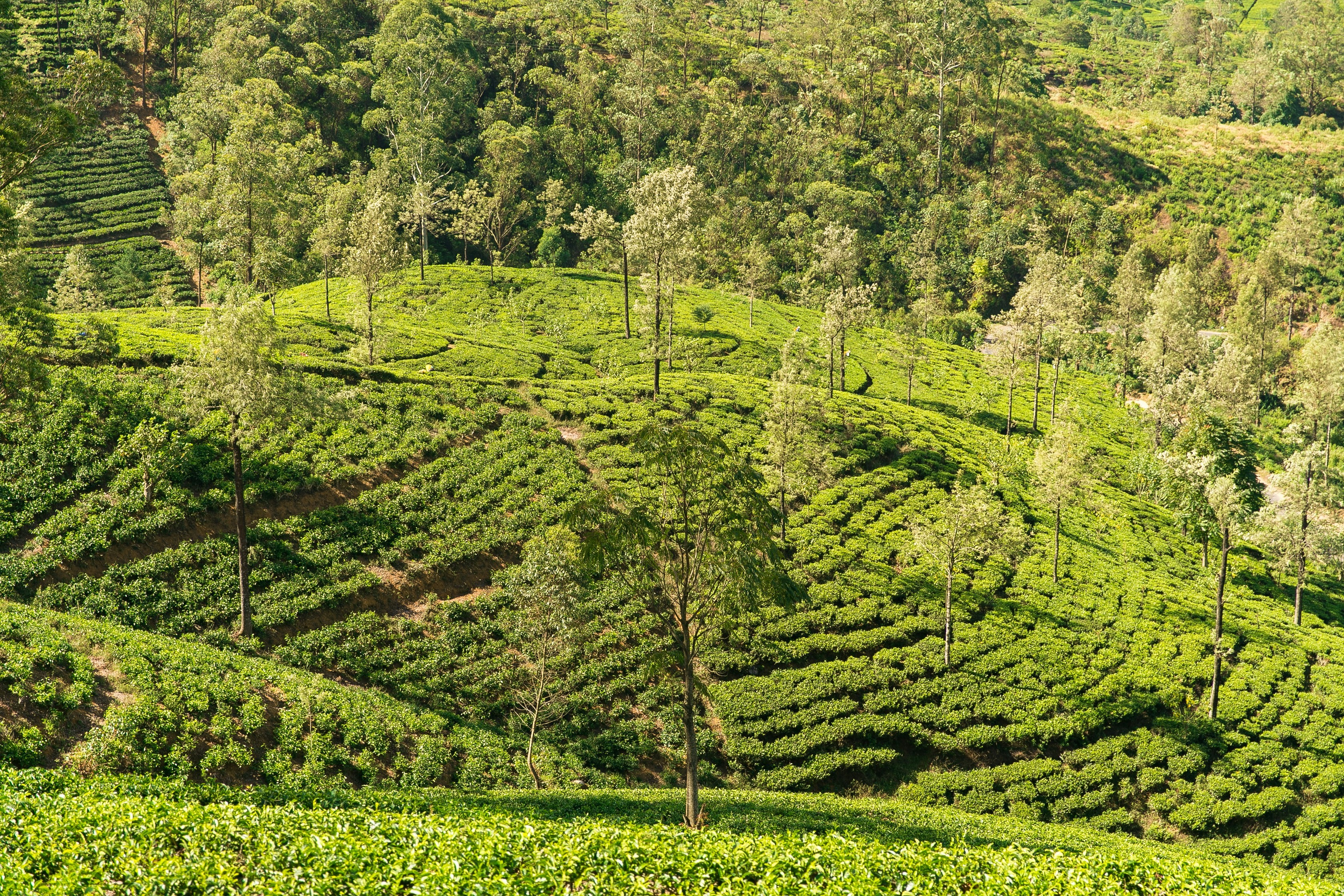
Explore Nuwara Eliya - Sri Lanka Travel, Asia
Tucked away in the Central Highlands of Sri Lanka, Nuwara Eliya is often called “Little England”. With its rolling tea plantations, cool misty mornings, and colonial charm, this mountain town feels like a step into another world. Travelers come here to breathe fresh air, walk through flower gardens, sip the finest Ceylon Tea, and enjoy a pace of life far from the island’s busy cities. Whether you’re drawn by scenic landscapes, heritage architecture, or the warmth of its people, Nuwara Eliya is a destination that blends nature, culture, and history in perfect harmony.
Population: Approximately 781,000 in 2023.
Economy: Nuwara Eliya’s economy thrives mainly on tea production, as it sits in the heart of Sri Lanka’s central highlands, famous worldwide for Ceylon Tea. The city also benefits from a growing tourism industry, attracting visitors with its colonial charm, cool climate, and scenic landscapes.
Landmarks: Famous for Gregory Lake, Hakgala Botanical Garden, and Victoria Park.
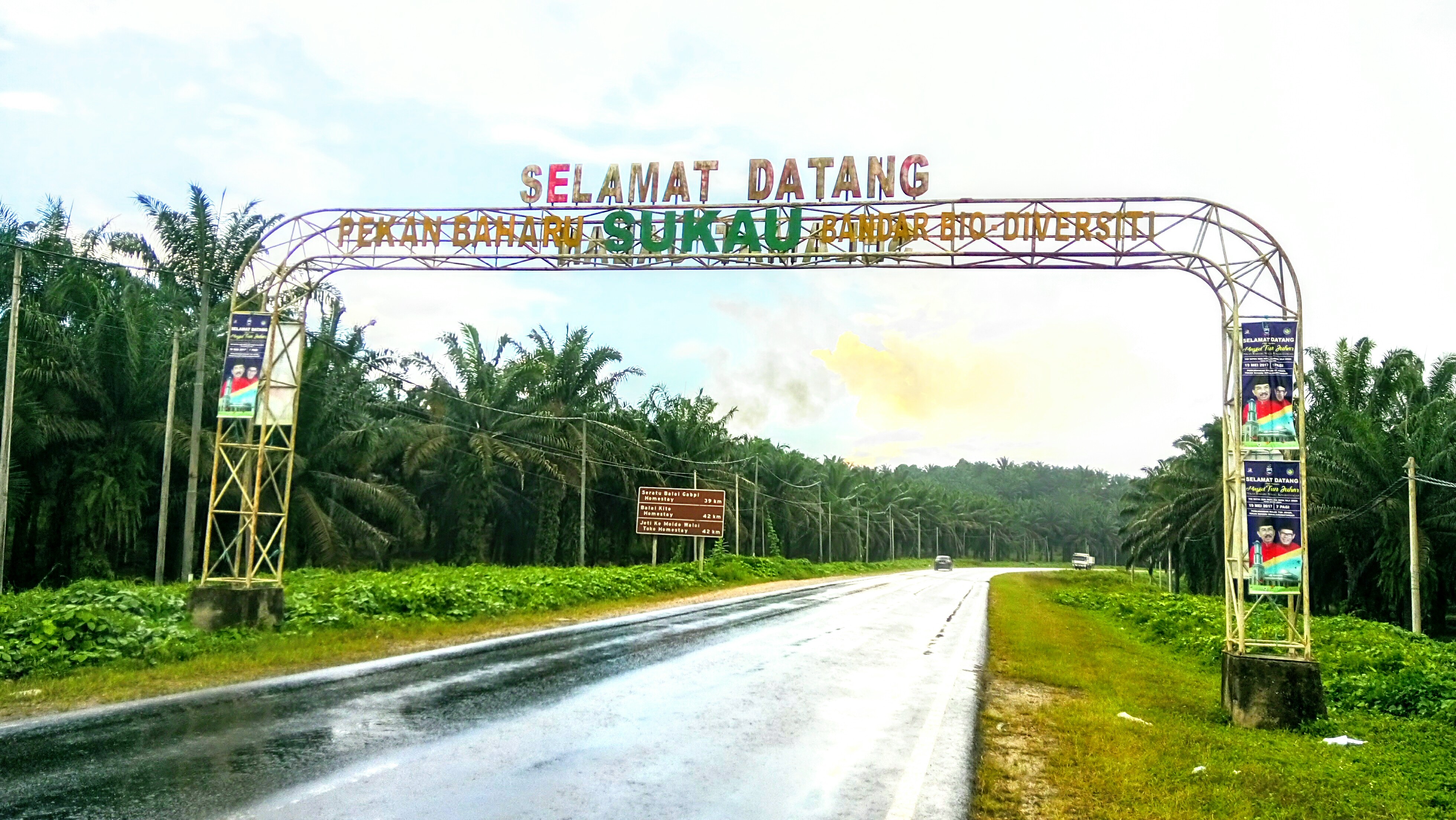
Explore Sukau - Malaysia Travel, Asia
Nestled on the banks of the Kinabatangan River in Sabah, Malaysian Borneo, Sukau is a destination where wildlife, culture, and conservation come together. Known as one of Asia’s top spots for river safaris and eco-tourism, this quiet village offers a front-row seat to encounters with Bornean orangutans, pygmy elephants, proboscis monkeys, and exotic birdlife.
Population: Approximately 1,400 in 2019.
Economy: Sukau’s economy is shaped by its riverine location and natural resources. Traditionally, the Orang Sungai community relied on fishing, small-scale farming, and forest gathering for their livelihood. Today, the village has shifted toward eco-tourism, with river cruises, jungle trekking, and homestays providing income.
Landmarks: Famous for the Kinabatangan River cruises, Gomantong Caves, and Ox-bow lakes and wetlands.
